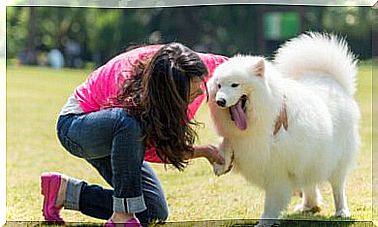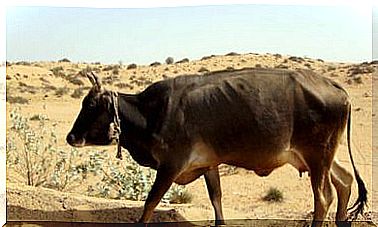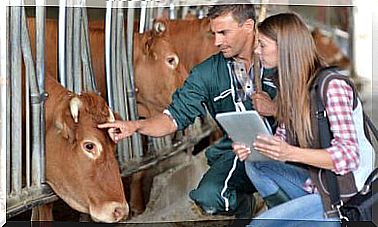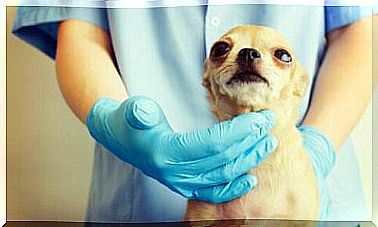The Last Dogs Of Chernobyl
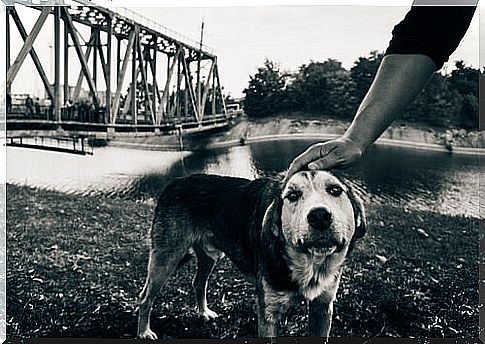
Although 32 years have passed since the dramatic and sadly famous Chernobyl disaster, in the collective opinion this nuclear catastrophe continues to be very much alive and present. Direct deaths were just 66. But, for entities such as the European Green Party or Greenpeace , this number, over the years, has exceeded the tens of thousands. Besides them, we cannot forget the animals, in particular the so-called “Chernobyl dogs”. And this article is dedicated to them.
On April 26, 1986, one of the most serious environmental and human disasters in history occurred. The deadliest nuclear accident man has ever experienced. Due to the overheating of a reactor of the power plant (then still under the aegis of the defunct Soviet Union ), 500 times more radiation was released into the air than that of Hiroshima.
Over 100,000 people were evacuated, leaving an entire ghost town behind . A containment plan was drawn up with the aim of creating a “buffer zone” 30 kilometers away from the exploded nuclear power plant. Due to the belated measures, contradictory information and the incompetence of many, some six million people remained exposed to radiation. With absolutely dramatic consequences for health.
Chernobyl, a refuge for wildlife
Today, reactor number 4 , in which the explosion occurred, is covered by a huge 30,000-ton sarcophagus. Around it, a few kilometers away, there is still an exclusion area known as a zone of alienation. Here, some people live illegally and nature has taken its course again.
After the disaster, the pines surrounding the plant became red or golden in color. The area was renamed the “Red Forest” for this very reason. Most of the animals died and the few survivors saw their reproductive capacity diminish considerably. Paradoxically, these areas abandoned by man, today guarantee a refuge for wildlife.
For almost 40 years, human activity in these areas has practically disappeared and wild animals have returned to repopulate them, little by little. Someone even proposed to declare the place a natural reserve. The truth is that, despite the disaster, there has been an increase in the area’s biodiversity in the long run. While it seems incredible, bears, lynxes, wolves and endangered birds of prey have regained their territory.
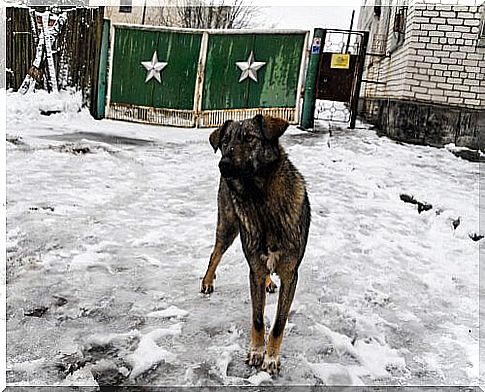
But sadly, it’s not all good news. Most of these animals, in fact, have a low life expectancy and also have malformations that hinder their reproduction. Some of the alterations produced by the radiation are surprising. For example, there was a change in the spider web pattern of the area’s arachnids .
The harsh conditions of the Chernobyl dogs
However, there are other animals that today occupy the empty streets, once full of people and cars, then devastated by the nuclear disaster. They are the descendants of the Chernobyl dogs who were not allowed to leave the contaminated area in April 1984. They managed to survive and reign in the ashes.
The conditions of the environment are also prohibitive. In addition to the high levels of radiation, which reduce fertility and life expectancy, there is also the absence of shelter to survive the harsh winters that affect this region of Eastern Europe. Most of Chernobyl’s dogs die before the age of six due to the radioactive residues that persist in their bodies.
Indeed, many animals were sacrificed after the catastrophe. However, some managed to survive and today it is estimated that in an area of 2,600 square kilometers there are more than 300 wild dogs. It is curious to think that, from a numerical point of view, there are more dogs than the inhabitants of Chernobyl. In practice, they are the real masters of the city.
The guides, the hope of the Chernobyl dogs
Fortunately, dogs can count on the help of tour guides. It is a few people who work showing travelers this sadly famous corner of Europe. They are the ones who take care of these animals, control them and, when possible, give them food and even some caresses.
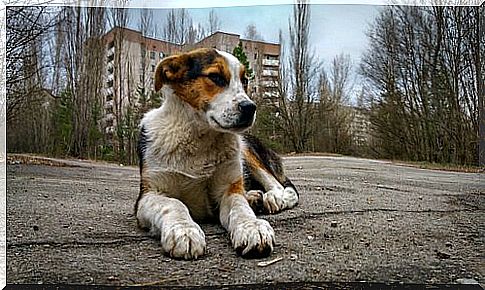
Small animal shelters have been created , which become small oases where dogs feed on leftover food and can find a roof to survive the harsh Ukrainian winter nights. But the guides point the finger at indifference and are clamoring for more effort to be made to help these abandoned dogs to their fate.
What future for Chernobyl dogs?
Some NGOs, such as the Clean Futures Foundation , help these stray dogs with the support of mobile veterinary clinics to vaccinate them against diseases such as rabies or parvovirus. A center has also been established in the heart of the old city, which allows the few remaining inhabitants to bring their animals for treatment.
Sterilization operations are also carried out , to maintain birth control and limit stray dogs. The radiation problem is real and no one can adopt such animals. The goal is that, in the end, there are no longer any stray dogs left on the streets of the old and abandoned Chernobyl.
Although their destiny is sadly sealed, this must help us reflect on the choices that man must make, in matters as delicate as energy and environmental protection. Chernobyl is an example of the fact that human errors also fall on nature and its innocent living beings.

